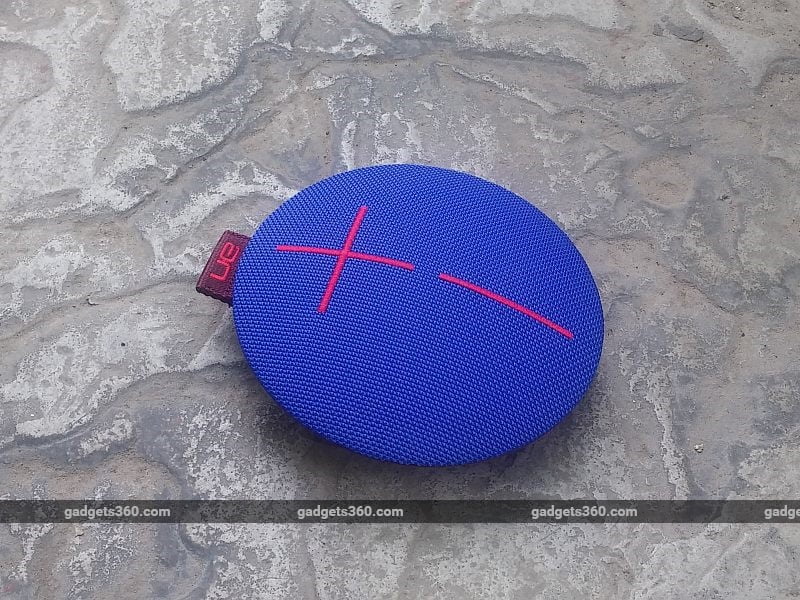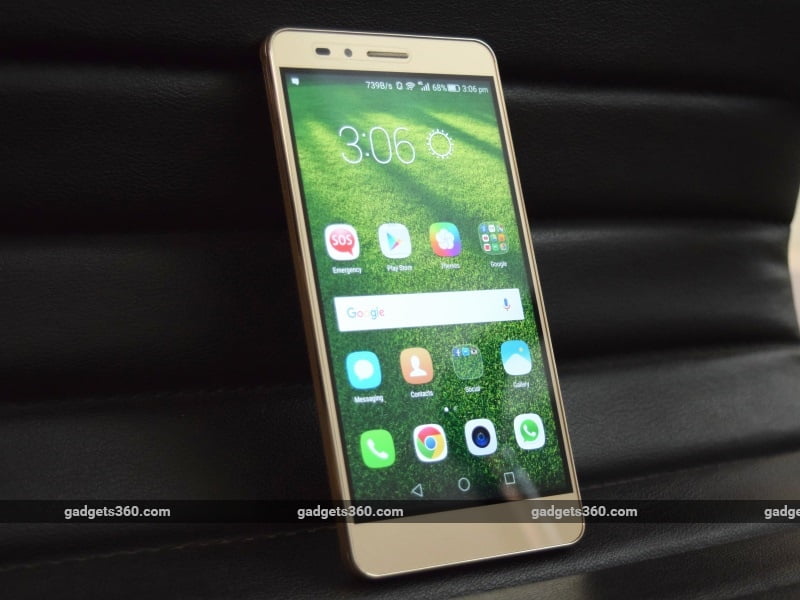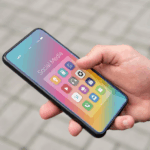A smartphone is a multipurpose device that combines a mobile phone and a handheld computer. It enables the user to make phone calls, browse the Internet, send and receive email, view audio and video files, play games, and access other computer applications. Many smartphones also have a built-in camera for recording and transmitting photographs and short videos.
A smartphone has a display screen and a keyboard for using Web browsers, text messaging, and e-mail. It may have a standard “QWERTY” keyboard like a computer, a keyboard integrated with the telephone number pad, or a “virtual” keyboard integrated into a touch-screen design. Personal information management programs (such as an electronic calendar and address book) typically found in a personal digital assistant (PDA), are built into the smartphone. It also has an operating system (OS) that allows other computer software to be installed. Most smartphone manufacturers license an operating system, such as the Microsoft Corporation’s Windows Mobile OS, Symbian OS, Google Inc.’s Android OS, or Palm OS. Research in Motion’s BlackBerry and Apple Inc.’s iPhone have their own operating systems.
A Aff A0n N Pu Claaaaa El F Tk Su Qm Cc
© Michael Oryl (CC BY-SA 2.0)
(CC BY-SA 2.0) Michael Oryl The first smartphone was designed by IBM and sold by BellSouth in 1993. It included a touch-screen interface for accessing its calendar, address book, calculator, and other functions. As the market matured over the following decade, solid-state computer memory and integrated circuits became less expensive. Smartphones became more like computers, and more advanced services like wireless Internet access became possible. Advanced services became widespread with the introduction of the so-called third-generation (3G) mobile phone networks in 2001. The majority of mobile phones could send and receive data at a rate sufficient for text messages and phone calls prior to 3G. Communication could occur at bit rates sufficient for sending and receiving e-mails, photos, videos, music files, and other media over 3G. Even faster “4G” networks were later introduced. Additionally, many smartphones can utilize the wireless technology known as Wi-Fi to connect to the Internet at free “hot spots.” Wi-Fi allows users to make phone calls over the Internet, rather than paying cellular telephone transmission fees.
A growing number of imaginative and imaginative applications have been made possible by the expanding capabilities of handheld devices and transmission protocols. In “augmented reality,” for instance, a smartphone’s global positioning system (GPS) location chip can be used to overlay the phone’s camera view of a street scene with local tidbits of information, such as the identity of stores, points of interest, or real estate listings.










